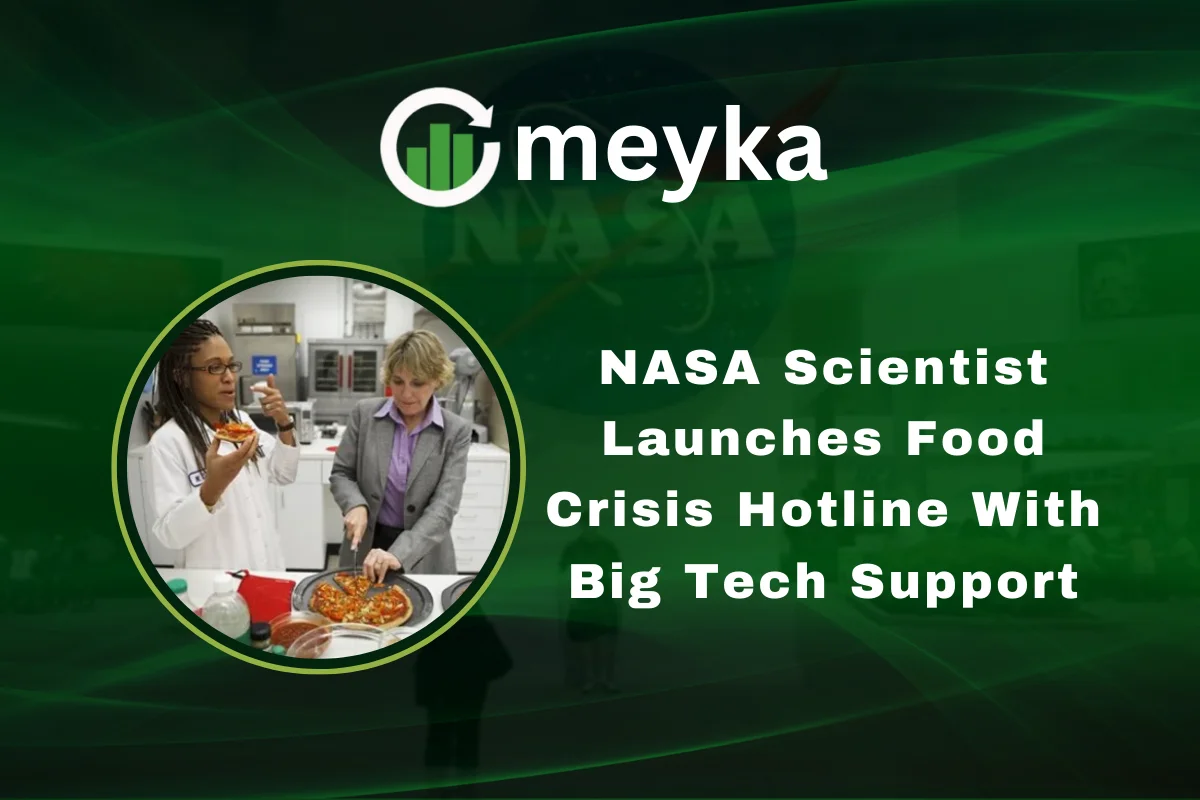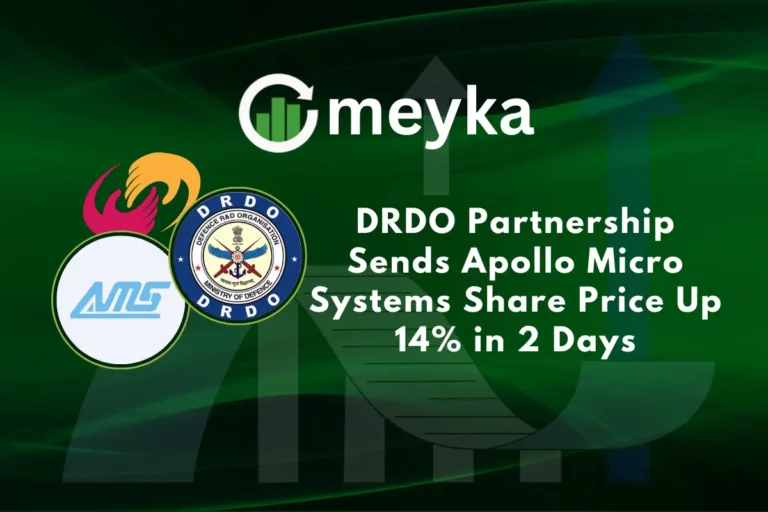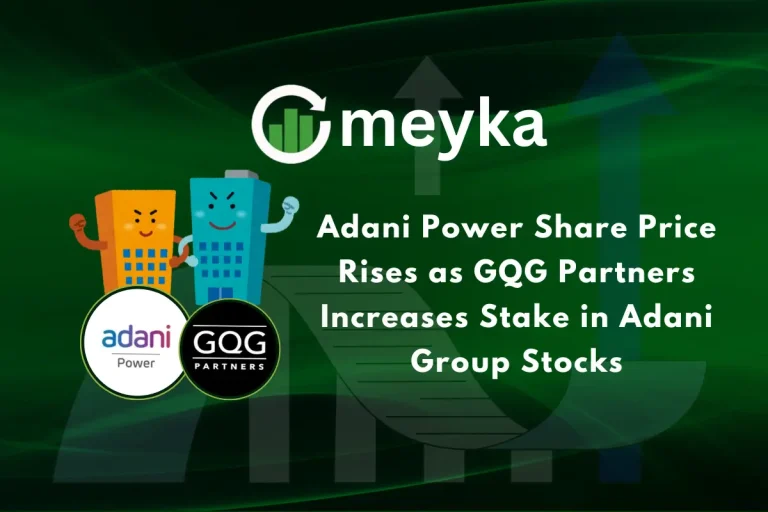NASA Scientist Launches Food Crisis Hotline With Big Tech Support
The world faces mounting challenges when it comes to food insecurity, climate change, and supply chain disruptions. In response, a NASA scientist has launched a groundbreaking food crisis hotline in collaboration with leading Big Tech companies. This initiative is not only a lifeline for communities in need but also a symbol of how science, technology, and global cooperation can tackle one of the most pressing issues of our time.
The Growing Threat of Food Insecurity
Global food insecurity has been rising due to several factors, including extreme weather events, political instability, and disruptions in trade routes. According to the United Nations Food and Agriculture Organization (FAO), nearly 735 million people worldwide faced hunger in 2022. With climate patterns becoming more unpredictable, the risk of widespread food shortages is only expected to increase.
The urgency of the situation requires innovative solutions. That is why the involvement of NASA, an organization traditionally associated with space exploration, is so significant. Its scientific expertise in data analysis, satellite monitoring, and climate modeling provides crucial insights into food production and supply chain vulnerabilities.
NASA’s Role in Food Security
While NASA is best known for exploring space, the agency has long contributed to Earth science and sustainability projects. Its satellites track soil health, rainfall, drought conditions, and agricultural yields across the globe. These tools are essential in predicting food shortages before they become humanitarian disasters.
The new hotline leverages this expertise by integrating real-time NASA data with AI-driven analytics developed by Big Tech partners. Together, they aim to create an accessible platform where farmers, governments, and aid organizations can request urgent assistance and access forecasts for crop production.
Big Tech Partnerships Strengthen the Hotline
Several Big Tech firms have partnered with the project, bringing advanced AI, cloud computing, and data security to the forefront. Companies specializing in AI stocks and machine learning are especially vital to this effort. Their algorithms process large volumes of data collected from satellites, government agencies, and on-the-ground reports.
By merging these technologies, the hotline can:
- Predict food shortages weeks or even months in advance.
- Provide farmers with advice on crop selection and soil management.
- Connect aid organizations directly with communities in crisis.
This collaboration represents a unique blend of government expertise and private sector innovation.
How the Food Crisis Hotline Works
The hotline is designed to be simple yet powerful. Farmers or aid workers can contact the hotline via phone, app, or web portal. Once a request is submitted, the system uses NASA’s Earth observation data and AI-powered models to assess the severity of the food shortage.
Based on this analysis, recommendations and alerts are sent directly to local governments and NGOs. These may include early warnings about drought, flood impacts, or supply chain risks. In some cases, the hotline can trigger rapid response efforts from international aid organizations.
Impact on Global Markets and Food Prices
Food crises often have ripple effects on the global stock market. Shortages can drive up commodity prices, which in turn affect inflation and trade policies. By identifying risks earlier, the hotline may help stabilize markets and reduce panic-driven price surges.
Investors and analysts engaged in stock research are already paying attention to this development. Agricultural stocks, AI stocks, and companies linked to supply chain technology may all be influenced by the success of this initiative.
The Broader Mission: Sustainability and Climate Resilience
The hotline is not just about immediate crisis response. It also supports long-term sustainability. By combining NASA’s climate research with modern farming technologies, the project encourages practices that reduce waste, conserve water, and protect soil health.
Big Tech companies are also promoting solutions such as precision farming, blockchain for supply chain transparency, and predictive analytics for crop yields. Together, these advancements build resilience against climate-related food shocks.
Government and Global Cooperation
Governments around the world are watching this project closely. Many are eager to integrate the hotline’s tools into their own disaster response frameworks. The initiative also aligns with the United Nations Sustainable Development Goal 2: Zero Hunger.
By sharing data and resources, this collaboration sets a precedent for how international agencies, scientists, and corporations can work together for the greater good.
Challenges Ahead
Despite its promise, the hotline faces several challenges:
- Access Inequality: Many farmers in rural areas lack smartphones or reliable internet.
- Data Privacy: Ensuring sensitive agricultural and personal data remains secure is critical.
- Funding: While Big Tech support is strong, long-term financing will require government and nonprofit backing.
These hurdles must be addressed if the project is to scale effectively worldwide.
Future Outlook
Looking ahead, experts believe the hotline could transform the way the world responds to food crises. With further investment, it may expand to include predictive tools for livestock health, fisheries, and even urban food distribution systems.
As climate change continues to impact global agriculture, projects like this highlight the importance of scientific innovation and public-private partnerships. NASA’s involvement ensures that solutions are rooted in data and evidence, while Big Tech provides the speed and efficiency to deploy them at scale.
Conclusion
The NASA-backed food crisis hotline demonstrates how science and technology can be mobilized to solve urgent human problems. With the backing of Big Tech, it combines advanced data analysis, AI-driven forecasting, and global cooperation into a single, life-saving platform.
In a world where hunger is on the rise, this initiative offers hope. It not only addresses immediate crises but also builds resilience for the future. By uniting space science with artificial intelligence and humanitarian action, the hotline sets a new standard for global problem-solving.
FAQs
NASA uses its satellites and climate models to monitor global agricultural conditions, making it uniquely positioned to help predict and prevent food shortages.
Big Tech firms provide AI tools, cloud storage, and data processing power, enabling real-time analysis of agricultural and climate data.
Yes. By predicting shortages early, the hotline allows governments and organizations to act before markets react, potentially stabilizing food prices worldwide.
Disclaimer:
This content is made for learning only. It is not meant to give financial advice. Always check the facts yourself. Financial decisions need detailed research.






